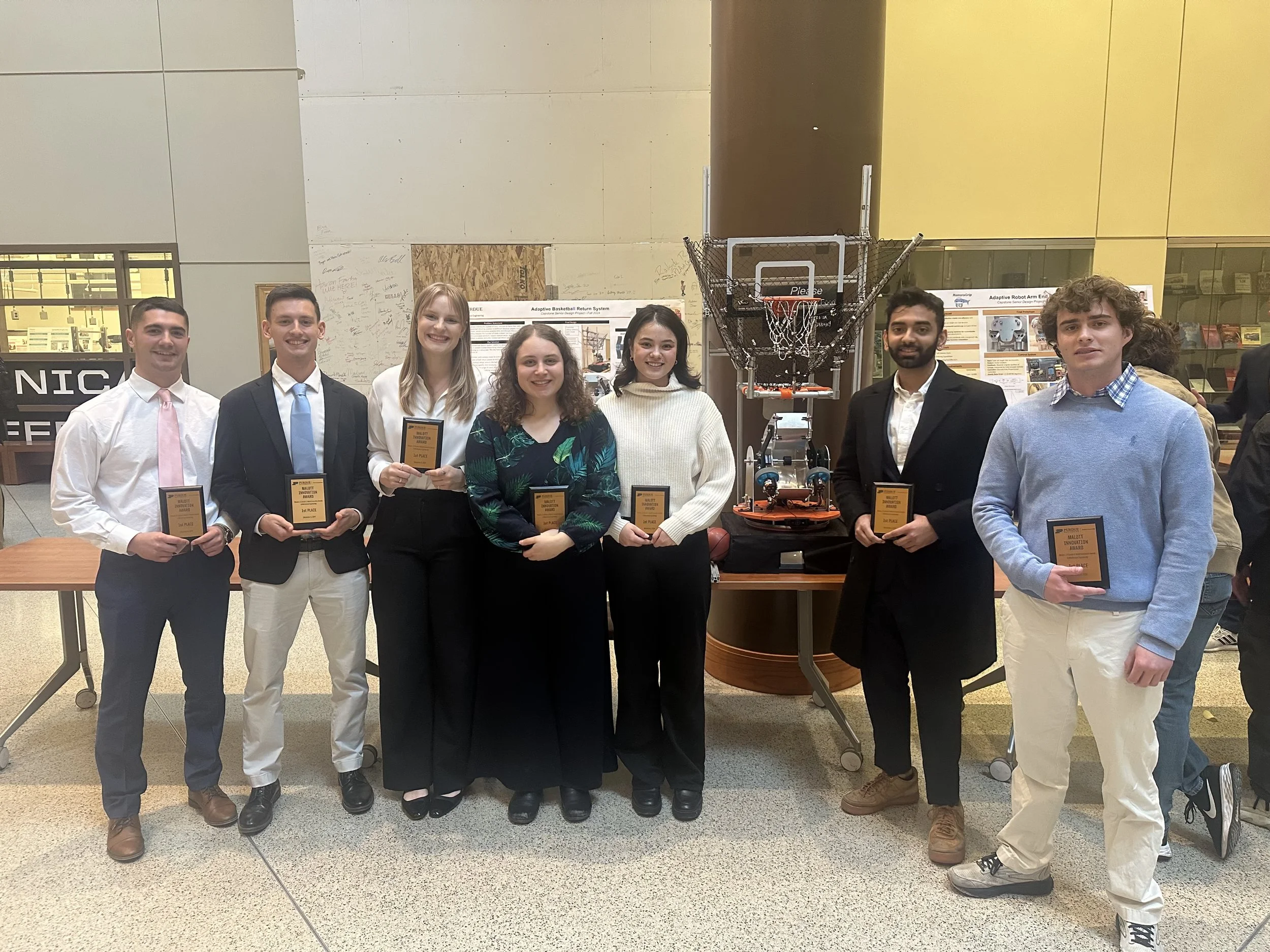"Calibration method for panoramic 3D shape measurement with plane mirrors," Opt. Express (2019)
/[120] W. Yin, S. Feng, T. Tao, L. Huang, S. Zhang, Q. Chen, C. Zuo, “Calibration method for panoramic 3D shape measurement with plane mirrors," Opt. Express, 27(25), 36538-36550 (2019)
Abstract
High-speed panoramic three dimensional (3D) shape measurement can be achieved by introducing plane mirrors into the traditional fringe projection profilometry (FPP) system because such a system simultaneously captures fringe patterns from three different perspectives ( i.e., by a real camera and two virtual cameras in the plane mirrors). However, calibrating such a system is nontrivial due to the complicated setup. This work introduces a flexible new technique to calibrate such a system. We first present the mathematical representation of the plane mirror, and then mathematically prove that it only requires the camera to observe a set of feature point pairs (including real points and virtual points) to generate a solution to the reflection matrix of a plane mirror. By calibrating the virtual and real camera in the same world coordinate system, 3D point cloud data obtained from real and virtual perspectives can be automatically aligned to generate a panoramic 3D model of the object. Finally, we developed a system to verify the performance of the proposed calibration technique for panoramic 3D shape measurement.



